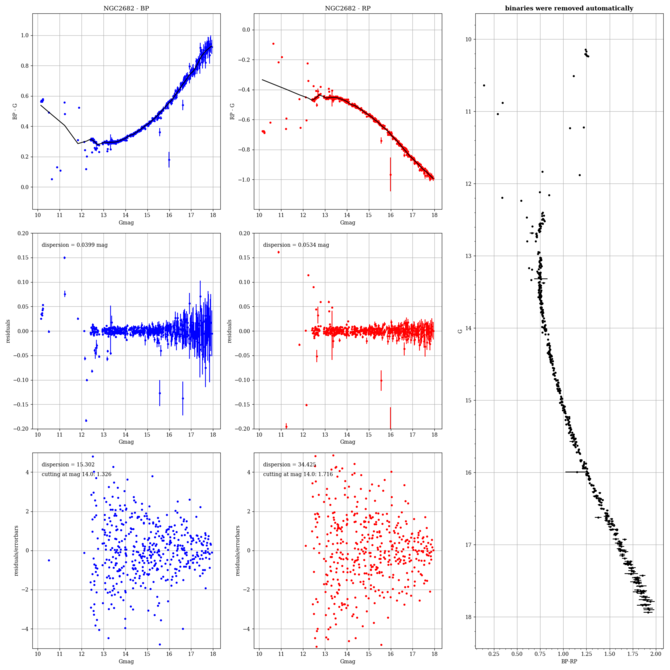

These "smoking guns" for AGB binary mass transfer. Stars in composite spectrum binaries, quadrupling the total sample of In the SDSS (Green 2013), we confirm 724 dCs, of which a dozen are DA/dC That dC stars are most likely innocent bystanders in post-mass transferīinaries, and may be predominantly metal-poor. So it was at first surprising to find that theĬarbon stars most prevalent in the Galaxy are in fact dwarfs. The properties of the stars are compared with models for the production of dwarf carbon stars.Īs far as we know, most carbon throughout the Universe is created andĭispersed by AGB stars. The subluminosity of all three stars is due to an as yet unknown combination of (undoubtedly low) metallicity, possibly enhanced helium abundance, and unusual line blanketing in the bandpasses considered. The kinematics indicate that they are members of the Galactic spheroid population. In the MV versus V-I color-magnitude diagram, they are approximately 2 mag subluminous compared to normal disk dwarfs with solar-like metallicities, occupying a region also populated by O-rich subdwarfs with -1.5 < < -1.0. Their visual (BVI) colors differ from all known red dwarfs, subdwarfs, and white dwarfs. All three stars have very similar luminosities (9.6 < MV < 10.0) and very similar broadband colors across the entire visual-to-near-IR (BVIJHK) wavelength range. The data are combined with the literature values for a third dwarf carbon star, G77-61 (=LHS 1555). Nevertheless, the very preliminary nature of this first Gaia data release does lead to a number of important limitations to the data quality which should be carefully considered before drawing conclusions from the data.Preliminary trigonometric parallaxes and BVI photometry are presented for two dwarf carbon stars, LP 765-18 (=LHS 1075) and LP 328-57 (=CLS 96). Extensive validation shows that Gaia DR1 represents a major advance in the mapping of the heavens and the availability of basic stellar data that underpin observational astrophysics. Gaia DR1 is an important milestone ahead of the next Gaia data release, which will feature five-parameter astrometry for all sources. The median uncertainties on the mean G-band magnitudes range from the mmag level to ∼0.03 mag over the magnitude range 5 to 20.7.Ĭonclusions. For the secondary astrometric data set, the typical uncertainty of the positions is ∼10 mas. For the subset of ∼94 000 HIPPARCOS stars in the primary data set, the proper motions are much more precise at about 0.06 mas yr −1. A systematic component of ∼0.3 mas should be added to the parallax uncertainties. For the primary astrometric data set the typical uncertainty is about 0.3 mas for the positions and parallaxes, and about 1 mas yr −1 for the proper motions. The G-band light curves and the characteristics of ∼3000 Cepheid and RR-Lyrae stars, observed at high cadence around the south ecliptic pole, form the third component. The second component is the photometric data set, consisting of mean G-band magnitudes for all sources. Gaia DR1 consists of three components: a primary astrometric data set which contains the positions, parallaxes, and mean proper motions for about 2 million of the brightest stars in common with the HIPPARCOS and Tycho-2 catalogues – a realisation of the Tycho-Gaia Astrometric Solution (TGAS) – and a secondary astrometric data set containing the positions for an additional 1.1 billion sources. The raw data collected by Gaia during the first 14 months of the mission have been processed by the Gaia Data Processing and Analysis Consortium (DPAC) and turned into an astrometric and photometric catalogue. A summary of Gaia DR1 is presented along with illustrations of the scientific quality of the data, followed by a discussion of the limitations due to the preliminary nature of this release. At about 1000 days after the launch of Gaia we present the first Gaia data release, Gaia DR1, consisting of astrometry and photometry for over 1 billion sources brighter than magnitude 20.7.Īims. Astronomy & Astrophysics, 595, article no. Summary of the astrometric, photometric, and survey properties.


 0 kommentar(er)
0 kommentar(er)
